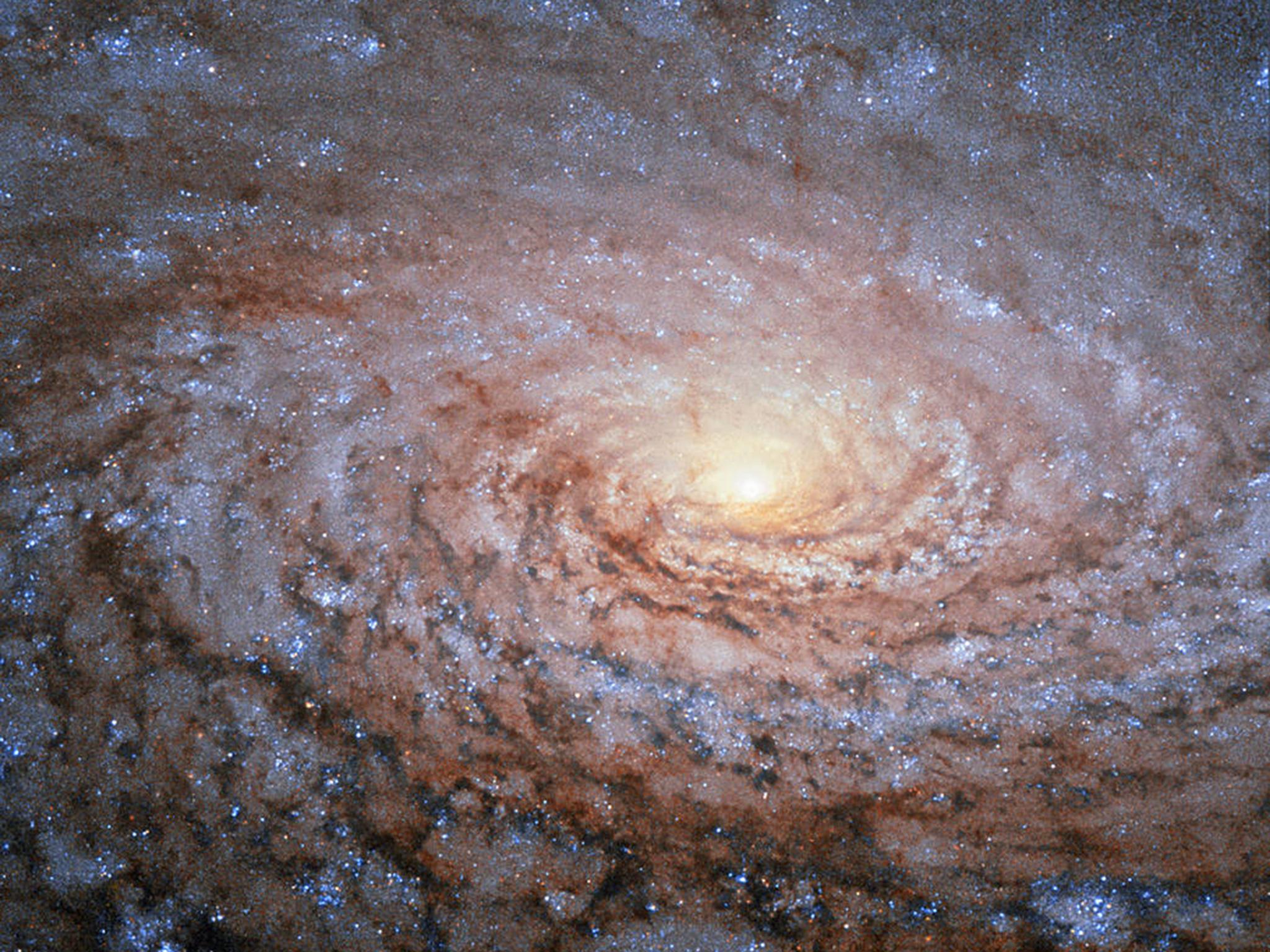Most distant object in the universe spotted by Hubble Space Telescope, shattering record for the farthest known galaxy
The galaxy is the farthest, farthest away thing that ever seen, and the light started its journey a very long time ago — just 400 million years after the universe started

Your support helps us to tell the story
From reproductive rights to climate change to Big Tech, The Independent is on the ground when the story is developing. Whether it's investigating the financials of Elon Musk's pro-Trump PAC or producing our latest documentary, 'The A Word', which shines a light on the American women fighting for reproductive rights, we know how important it is to parse out the facts from the messaging.
At such a critical moment in US history, we need reporters on the ground. Your donation allows us to keep sending journalists to speak to both sides of the story.
The Independent is trusted by Americans across the entire political spectrum. And unlike many other quality news outlets, we choose not to lock Americans out of our reporting and analysis with paywalls. We believe quality journalism should be available to everyone, paid for by those who can afford it.
Your support makes all the difference.Scientists have seen the furthest thing that humans have ever seen — and it shouldn’t even be able to exist.
A galaxy 13.4 billion light years away has been spotted by the Hubble Space Telescope.
The new galaxy could lead scientists to question their understanding of the way that the universe evolved. A galaxy of such a size shouldn’t have been able to exist when the universe was so young, scientists have said.
The distance away from the galaxy was measured by splitting up the light into the colours that its made up of. Since the universe is expanding, very distant objects stretch towards the red part of the colour spectrum — the more that “red shift” has happened to an object’s image, the further away it is.
The new galaxy has been named GN-z11. It takes the crown from EGSY8p7, which set the red shift record at 8.68 — the new galaxy has a red shift of 11.1.
That distance means that the light left the galaxy when the universe was in its infancy. The light came just 400 million years after the universe began, 13.8 billion years ago — meaning that scientists can look back into the very formation of the universe.
Dr Pascal Oesch, a member of the team from Yale University in the US, said: "We've taken a major step back in time, beyond what we'd ever expected to be able to do with Hubble. We managed to look back in time to measure the distance to a galaxy when the universe was only 3% of its current age."
GN-z11 is thought to be 25 times smaller than the Milky Way. But it is growing fast, throwing out new stars 20 times faster than our own galaxy does.
That size should not be expected in the current understanding of how the cosmos came to evolve.
Co-author Dr Ivo Labbe, from the University of Leiden in the Netherlands, said: "The discovery of GN-z11 showed us that our knowledge about the early universe is still very restricted. How GN-z11 was created remains somewhat of a mystery for now. Probably we are seeing the first generations of stars forming around black holes."
Join our commenting forum
Join thought-provoking conversations, follow other Independent readers and see their replies
Comments